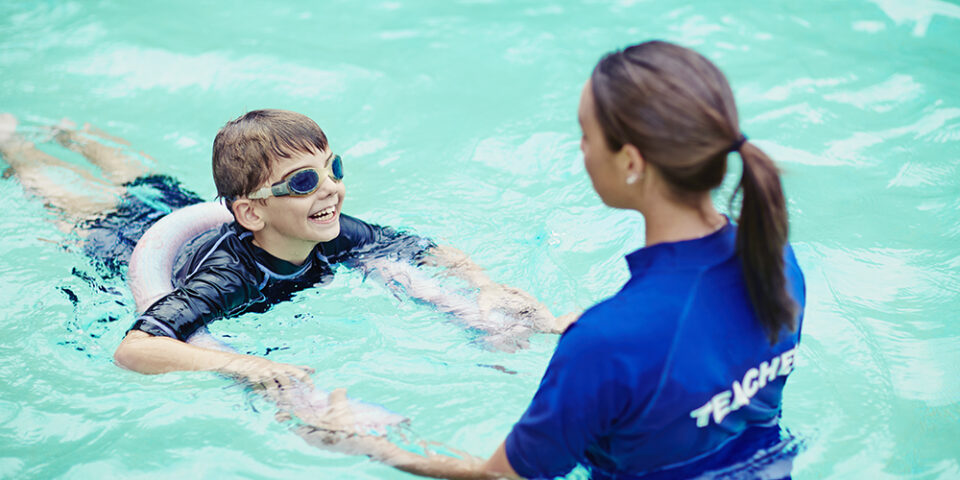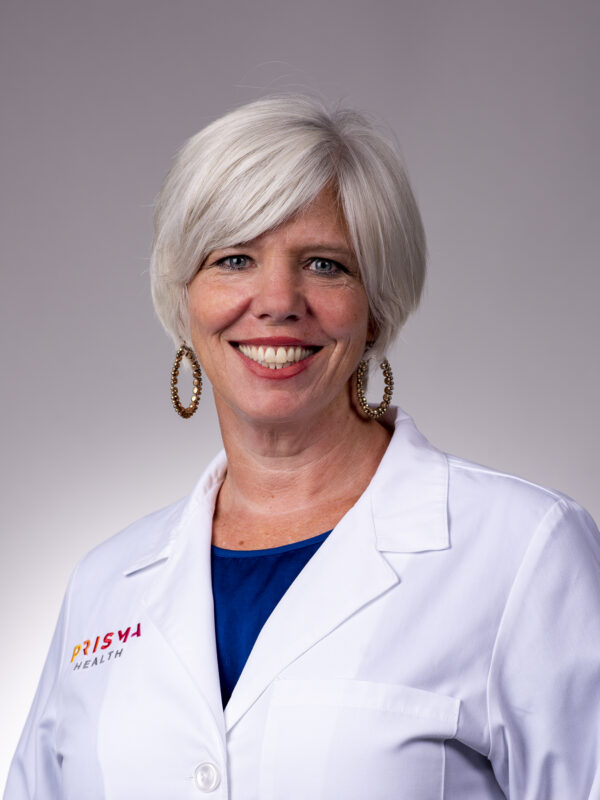How to keep kids safe from drowning
Drowning happens fast. It’s often silent, and it’s the leading cause of death among children aged 1–4. According to the Centers for Disease Control and Prevention, there are 11 drowning deaths and 22 nonfatal drownings every day in the U.S.
Pediatrician Kerry Sease, MD, explained how to keep kids safe from drowning and what to do if your child goes underwater.
What’s the #1 way to prevent drowning?
“Make learning to swim a priority for your family,” Dr. Sease said.
You can teach your child to swim as early as one year of age. “At less than one year, they’re not really learning a skill,” she explained. “They may be doing some reflexive things, but one year old and above is when the American Academy of Pediatrics recommends beginning swimming lessons.”
The reason is because children need to be developmentally and emotionally ready, and most kids are developmentally ready at four.
“Some kids are ready at one, but most kids should be able to learn how to swim by age four,” Dr. Sease said. “If you haven’t taught them to swim by age five or six, it’s time to get started because this can be a lifesaving endeavor for your family.”
If children can swim, does that mean they’re safe in a pool?
Knowing how to swim does not make your child drown-proof. “It’s just one of the layers of drowning prevention that we use, but again, should absolutely be a priority,” Dr. Sease said.
Don’t ever be complacent near a pool or leave a child without close adult supervision.
“If there are young children in the water, always have an assigned ‘water watcher’ who’s watching the kids,” she said. “They should not be looking at their cell phone and they should not be drinking. If they need to go into the bathroom, the kids need to get out of the pool and sit in a designated place outside of the water until that person returns.”
If you’re near a pool but not using it, be sure to limit children’s access to the pool.
“Kids can go out so quickly and get in the water and drown,” Dr. Sease warned. “It takes seconds to drown, so you need to be really careful and know where those children are and always have a designated person watching the children.”
How to keep kids safe from drowning in lakes, rivers and the ocean
Bringing kids to the beach or lake is a summer staple, so Dr. Sease offered some quick tips for how to keep kids safe from drowning while swimming in open water:
- Only swim in designated areas. Look for areas that are identified as safe to swim and avoid places that are not designated for swimming. Preferably go where there’s a lifeguard just so you have somebody who can provide rescue if something were to happen.
- Never swim alone. Someone should always know where you’re going to be.
- When in doubt, get out. If something doesn’t feel right, if the current feels too strong, or the water is murky, or you’re just not comfortable, get out of the water.
- Be aware of the weather. Look at the forecast. Don’t go out when there’s thunder and lightning or if a storm is coming in and you can’t get out in an appropriate amount of time.
- Understand the swimming conditions. If you’re in a lake, know where the drop offs are and where the rocks might be if you’re diving or jumping. If you’re in the ocean, make sure you understand the currents. You always want to swim with the current and parallel to the shore. If you see a warning about rip tides, don’t get in the water.
- Don’t drink alcohol and swim. You’re less likely to recognize and respond to danger.
- Wear appropriate life vests. Children and adults should wear appropriate life vests when swimming in open water.
What can you do to help a child who might be drowning?
The American Academy of Pediatrics recommends following these steps as quickly as possible:
- Recognize distress (which is why lifeguards and “water watchers” are important).
- Provide flotation.
- Remove from water.
- Provide care as needed (call 911 and perform CPR).
Get additional water safety tips on Flourish here.
Find the care you need, close to home
Our primary care physicians provide well visits and everyday care when you need it with compassion and expertise.
Find Primary Care Near You

